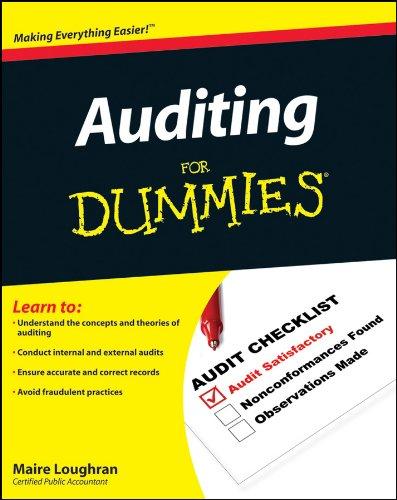


Scrappers Supplies tracks the number of units purchased and sold throughout each accounting period but applies its inventory costing method at the end of each period, as if it uses a periodic inventory system Assume its accounting records provided the following information at the end of the annual accounting period, December 31. Transactions Beginning inventory, January 1 Transactions during the year: a. Purchase on account, March 2 b. Cash sale, April 1 ($37 each) c. Purchase on account, June 30 d. Cash sale, August 1 ($37 each) Units Unit Cost 200 $21 350 23 (350) 250 (90) 27 TIP: Although the purchases and sales are listed in chronological order, Scrappers determines the cost of goods sold after ail of the purchases have occurred. Required: 1. Compute the cost of goods available for sale, cost of ending inventory, and cost of goods sold at December 31 under each of the following inventory costing methods: (Round "Cost per Unit" to 2 decimal places.) a Last-in, first-out LIFO (Periodic) Cost per Unit Units Total Beginning Inventory Purchases $ 0 March 2 June 30 Total Purchases 0 0 Goods Available for Sale Cost of Goods Sold Units from Beginning Inventory Units from March 2 Purchase Units from June 30 Purchase Total Cost of Goods Sold 0 0 Ending Inventory b. Weighted average cost Weighted Average Cost (Periodic) Cost per Unit Units Total Beginning Inventory 0 Purchases March 2 June 30 Total Purchases 0 0 Goods Available for Sale Cost of Goods Sold Ending Inventory 0 c. First-in, first-out FIFO (Periodic) Cost per Unit Units Total Beginning Inventory $ 0 Purchases March 2 June 30 Total Purchases 0 0 Goods Available for Sale Cost of Goods Sold Units from Beginning Inventory Units from March 2 Purchase Units from June 30 Purchase Total Cost of Goods Sold 0 0 Ending Inventory d. Specific identification, assuming that the April 1 sale was selected one-fifth from the beginning inventory and four-fifths from the purchase of March 2. Assume that the sale of August 1 was selected from the purchase of June 30 Specific Identification (Periodic) Cost per Unit Total Units $ Beginning Inventory 0 Purchases March 2 June 30 Total Purchases 0 0 Goods Available for Sale Cost of Goods Sold Units from Beginning Inventory Units from March 2 Purchase Units from June 30 Purchase Total Cost of Goods Sold 0 0 Ending Inventory









